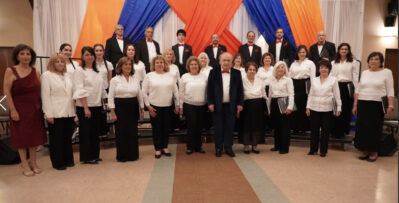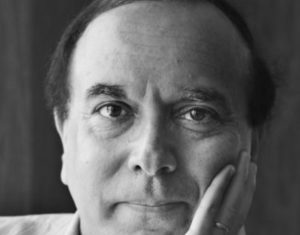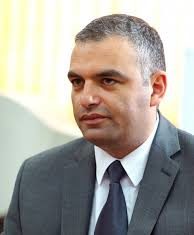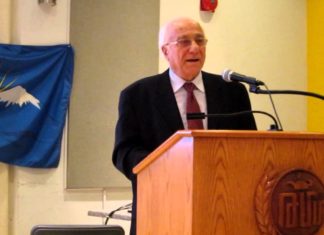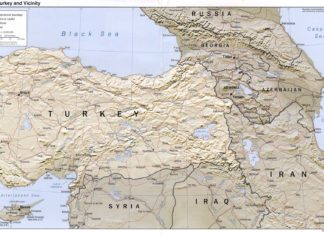By Edmond Y. Azadian
Next year Armenia will face its most critical challenge in recent years as it prepares to hold parliamentary elections. During the last elections, coalitions were formed that ruled the country harmoniously for a while, because the interests of the groups constituting that coalition converged. Gradually, fissures appeared in the coalition and one of them defected, namely the ARF (Dashnaktsoutioun), becoming an opposition party, nominally, while in truth exploiting opportunities.
The three other parties in power remained in tandem for a while, but discord and dissonance also plagued their relations. The partners in the ruling coalition were the Republican party, headed by President Serge Sargisian; Prosperous Armenia, headed by oligarch Gagik Zaroukian, actually manipulated, behind the scenes by the former President Robert Kocharian, and the third, Orinants Yerkir (the country of laws), headed by Arthur Bagdasarian. This party was cut to size when its leader announced his candidacy during the last presidential election. Some defections from the party ranks in the parliament, most probably engineered by the administration, dwindled the clout and the size of Orinants Yerkir, whose salvation from complete collapse rested upon Bagdasarian’s personal success at the cost of switching sides. He ran as an opposition candidate and he traded his election results with a post in the government. (He became the secretary of state security.)
The ARF left the ruling coalition, but did not join former President Levon Ter-Petrosian’s HAK coalition, which is the real opposition.
At this time, the Dashnak leadership is dreaming about the comeback of their benefactor, Robert Kocharian, who, during his rule, released the ARF leaders from jail and rehabilitated them to become a force to be reckoned with. Now, the Dashak leadership believes that it is in the role of a king-maker who can engineer Kocharian’s comeback with the help of former Foreign Minister Vartan Oskanian.
